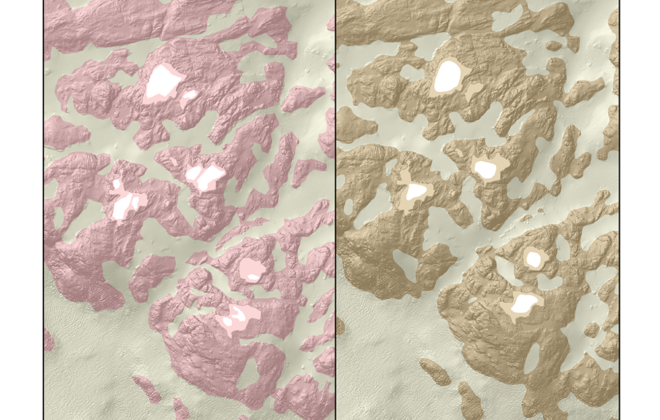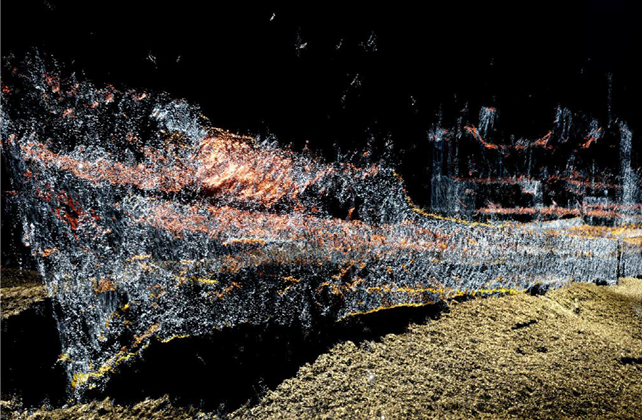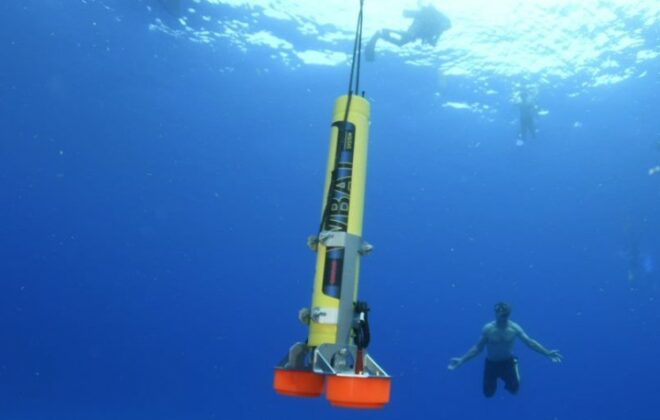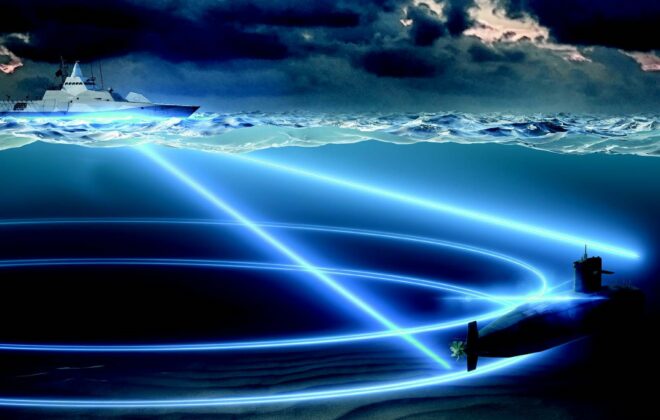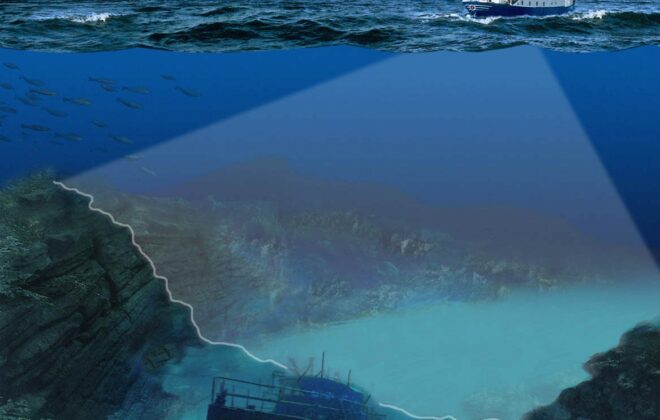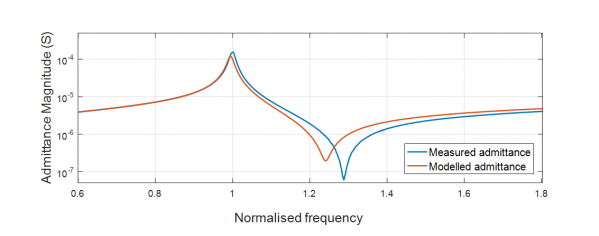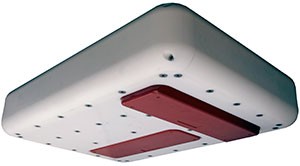Real-time project and real-life experience
When building a house, it is crucial to know whether the ground consists of rock, gravel, sand, or clay. The same goes for underwater installations, but it is not so easy to determine as on dry land.
Spotting small objects on the seafloor
A rock the size of a thumb will be visible on the seafloor when PhD candidate Ole Jacob Lorentzen has completed his work on designing the algorithms for images from Kongsberg Maritime’s HISAS sonar.
The robots listen to what the ocean can tell about climate change. We improve their hearing
Robots and small submarine vessels are bringing us closer to life under water. They carry echo sounders to collect information. When they can carry several echo sounders with more frequencies, new possibilities to understand the oceans are opened up. Read more in the original blog…
Reducing SONAR overheating
Within the maritime industry, ships use SONAR (Sound Navigation and Ranging) systems in order to make maps of the seabed. The problem with SONARs, is that they can have a tendency to overheat. Indeed, SONARs are composed of materials which exhibit energy loss, i.e., a…
Potential improvement in sonar seabed mapping
Today, a significant part of the oceans remains coarsely mapped. Some specific areas like the continental shelves will require high-resolution surveys. This represents a very long and expensive task that will keep scientist busy for several decades. A way to reduce costs and time could be to improve the efficiency of current surveys. We are trying to do this by sending more signals in the water at the same time.
The Multi-beam echo sounder is recognized as one of the most efficient and reliable tool for seabed mapping. Applications range from regional mapping of the seabed for geological surveys to the inspection of man-made objects such as pipelines or ship wrecks.
By Antoine Blachet, PhD Candidate, CIUS – Centre for Innovative Ultrasound Solutions.
Enhancing marine sonar and medical ultrasound imagery using wave coherence
CIUS researchers are investigating whether a property of ultrasonic waves known as coherence can be used to detect microcalcifications in human tissue for cancer screening. In marine sonar, it has already been used successfully for detecting and characterising objects and features on the seafloor. The…
Reducing SONAR overheating
Within the maritime industry, ships use SONAR (Sound Navigation and Ranging) systems in order to make maps of the seabed. The problem with SONARs, is that they have a tendency to overheat. Our aim is to predict the temperature rise in the materials used in…
Exploiting nonlinear distortion to switch from black and white to colour in underwater acoustic imaging
When ultrasound propagates through water nonlinear effects come into play and distort the signal originally transmitted (Figure 1). The effect of this distortion can be seen as a transfer of energy around what is called “harmonic frequencies”. For example if the signal originally transmitted has…

